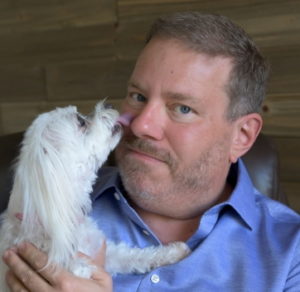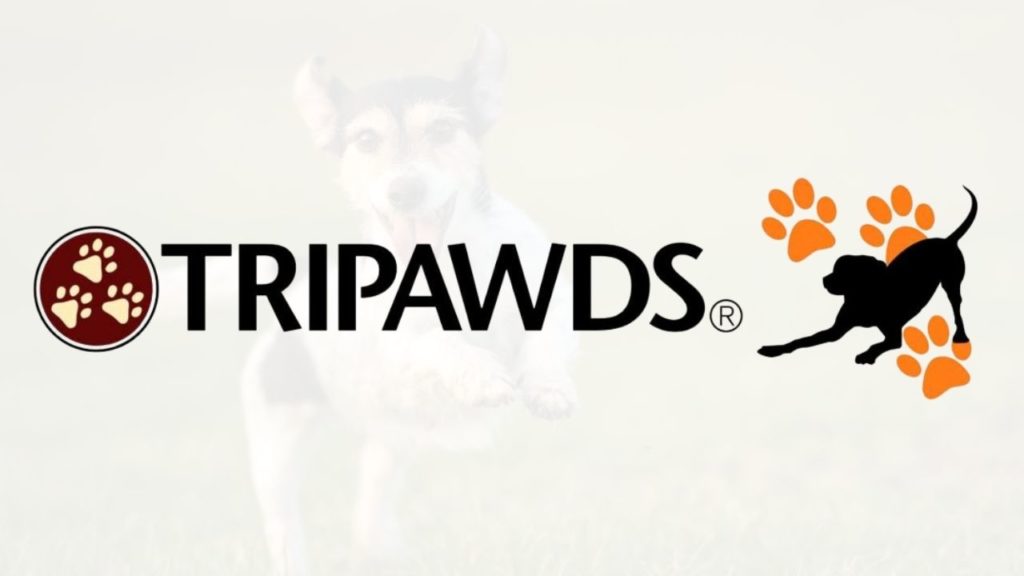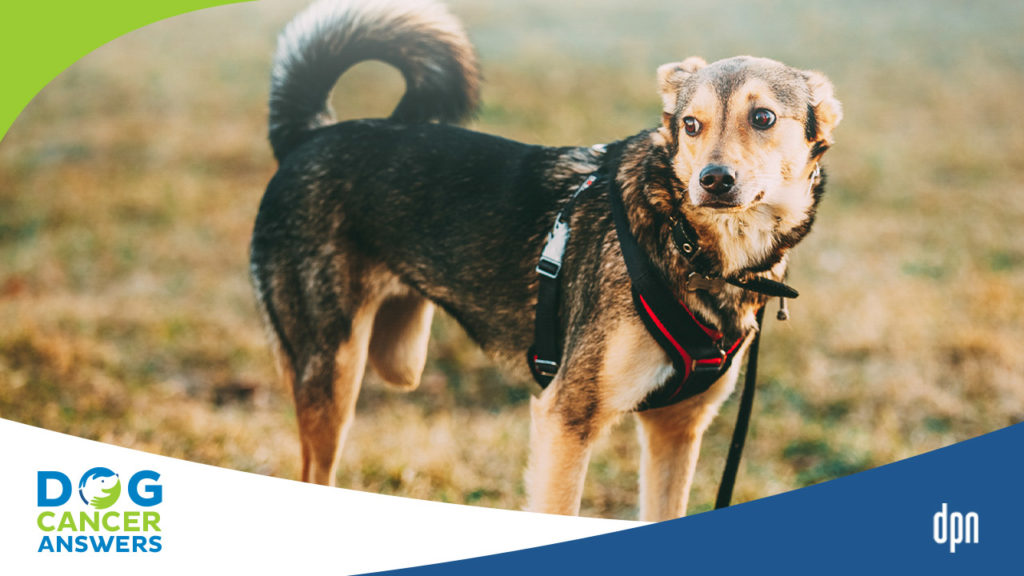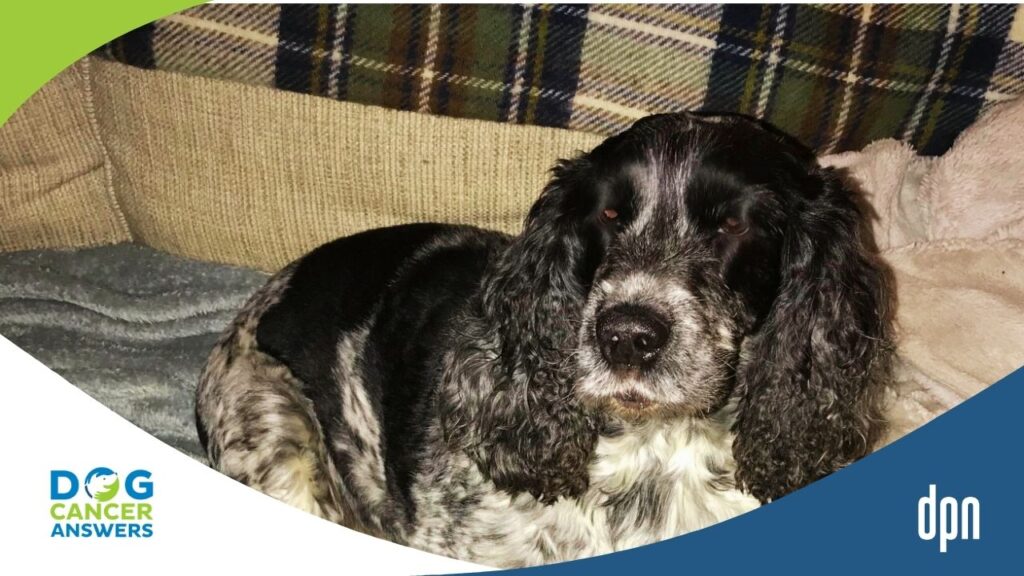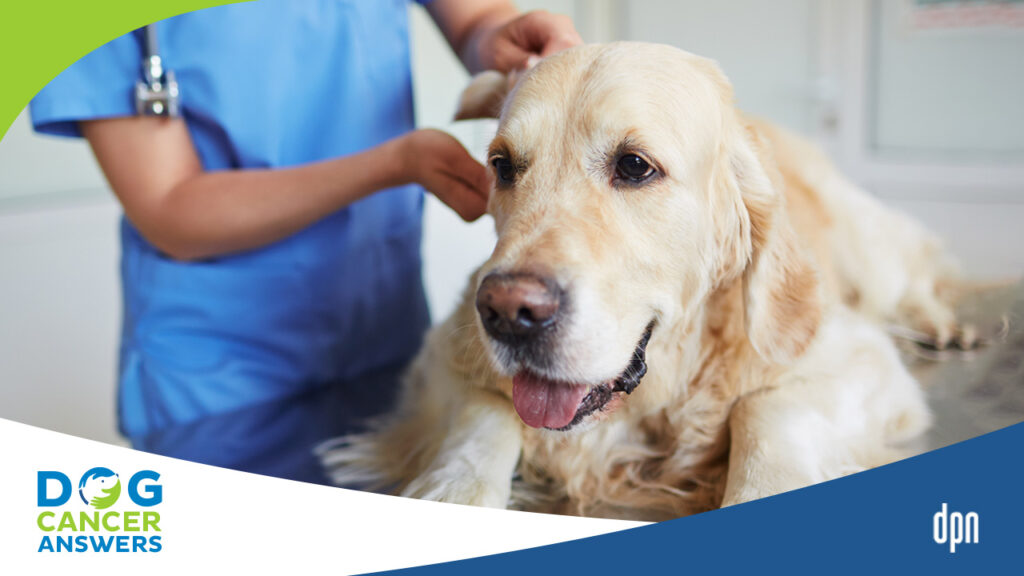James Jacobson: One of the more common types of cancer that you talk about in the dog cancer survival guide, is Osteosarcoma. Dr. Dressler I’ll throw this at you first, if you have a dog who has Osteosarcoma, what are the signs and symptoms that you may notice?
Dr. Demian Dressler: One of the most common is a limp, and this is a tricky concern because in the early stages it can often be misdiagnosed as a sprain, or a soft tissue injury.
James Jacobson: Osteosarcoma, it’s a bone cancer?
Dr. Demian Dressler: It is a bone cancer yeah. It most commonly occurs in larger giant breed dogs, but not always, and it most commonly occurs in the legs, in the long bones of the limbs, but not always. So your typical case of Osteosarcoma, giant breed dog, and the way that it first shows up is with a limp, because there’s a tumor growing in the bone. That’s the most common presentation. However, it doesn’t always have to look like that, it can occasionally occur in the bones of small breed dogs, and sometimes it can not only involve the legs, occasionally it’ll involve other big boney parts of the skeleton like the shoulder blade or the pelvis or the ribs or other areas like that.
James Jacobson: Dr. Ettinger in New York, your thoughts on Osteosarcoma.
Dr. Susan Ettinger: Yeah I think it’s important to think about the cancer in two different ways. One is it’s a very aggressive cancer, as we say locally in the bone, so it’s going to destroy the normal bone and eat away at the normal bone of the dog which is painful for them, and lay down disorganized bone. And so it’s really aggressive locally in the bone and will predispose the dogs to actually fracturing their leg. The other way that this cancer is aggressive, it has a very high spread rate, or metastatic rate, and we know that 90% of dogs, that at the time of diagnosis, even with normal chest x-rays, the cancer has already spread, we just can’t detect it. So it’s one of the cancers that not just treating cancer in the bone, but treating the dogs body systemically is as important, and has been shown to have the dog statistically live longer if you both again treat the primary cancer, usually with surgery, and then follow up with something systemically, chemotherapy.
James Jacobson: Dr. Dressler your thoughts about treating Osteosarcoma.
Dr. Demian Dressler: I absolutely agree. Early intervention is so important. Get those x-rays if you have a limping dog everybody, especially if you have a giant breed dog so that you can rule out bone tumor. Absolutely surgery is critically important, chemotherapy has its place. You can’t forget about pathogens which are those plant derived supplements that help to turn on self-suicide in cancer cells, diet is also an important part of therapy, and life quality enrichment which can be tailored for a dog that has already experienced an Osteosarcoma surgery, which is an amputation many times. All of these different areas need to be addressed so that we can really get a long good life when we’re dealing with canine cancer.
James Jacobson: And if you are considering amputation surgery, there is another video in this dog cancer answer series, specifically about that and the issue of tripawds. Dr. Dressler in Hawaii, and Dr. Ettinger in New York, thank you so much, more information in the dog cancer survival guide. Thank you both for joining us.
Dr. Susan Ettinger: Thank you.
Dr. Demian Dressler: Thank you.


